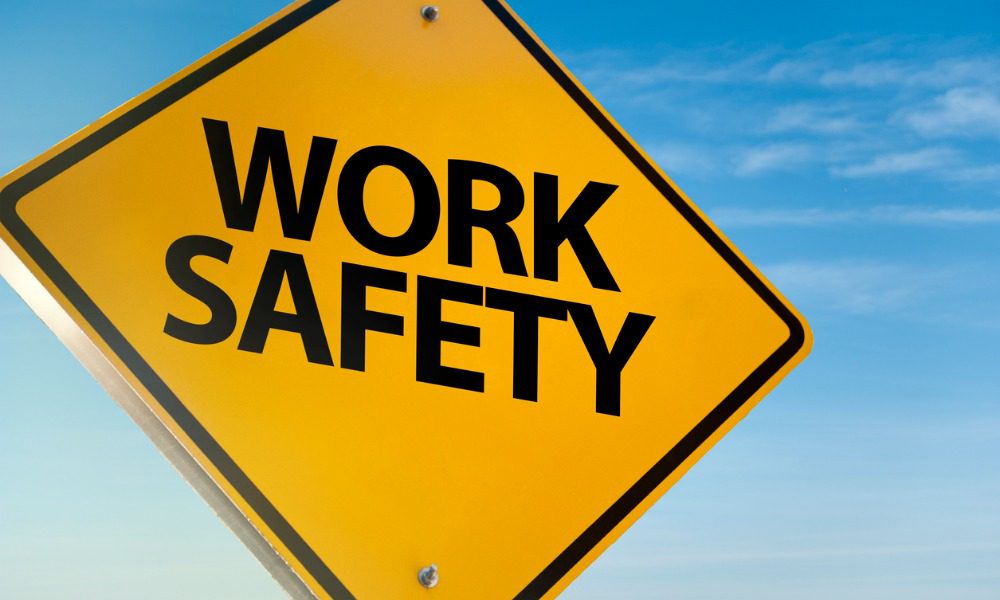How would you make your workplace psychosocially safe?

How would you make your workplace psychosocially safe? | Insurance Business Australia
Insurance News
How would you make your workplace psychosocially safe?
Global (re)insurer shares tips on taking care of employees’ psychosocial well-being
Insurance News
By
Noel Sales Barcelona
In an article published recently, Gallagher stressed the importance of creating a workplace that is psychosocially safe for employees to work, stating that employers do have a critical role in ensuring that their workers’ overall well-being is protected.
How to prevent psychosocial hazards at work
One of the important things that an employer should do to protect their workers and employees while at work is to minimize if not eliminate, psychosocial hazards in the workplace.
“A psychosocial hazard is anything that could harm someone’s mental health, and there are multiple causes and contributing factors that give rise to these risks,” stated the Gallagher article.
Citing Australia’s Work Health & Safety Act, the (re)insurance company stressed that it is required for all businesses, regardless of their size and nature, to manage psychosocial risks to workers by minimising or eliminating hazards.
According to the law, a company is required to create an effective risk management process and mechanisms to:
identify potential psychosocial hazards
assess the associated risks
implement control measures to eliminate or minimise these risks
regularly review control measures to ensure they remain effective
“This calls for scrutiny of current processes, management structures and reporting mechanisms to understand where gaps or deficiencies may be occurring, or if behavioural issues such as bullying or harassment, or even just personality clashes and communication failures are involved,” the article stated.
How would you create a risk mitigation process that works
Gallagher shared 10 steps that a company or institution must follow in creating an effective management approach for workplace risk mitigation:
Risk assessment – It’s vital to regularly conduct a workplace assessment to recognize psychosocial risks, considering factors such as high workload, job insecurity, bullying and lack of support from supervisors. Assessment tools such as surveys, interviews, and observations are critical to gather pertinent data regarding employees’ experiences and perceptions about psychosocial risks in their workplace.
Legal compliance – It is also crucial that workplace conditions comply with Australian workplace health and safety laws.
Raising awareness – The company must ensure that both the workforce and the management personnel are aware of the potential risks that they may encounter during work. It is also critical to guide recognising signs of stress, burnout or mental health issues.
Creating a mitigation process – Gallagher reminded companies that there should be a working mechanism in place to prevent, if not eliminate, psychosocial risks at work. These should include protocols for reporting and responding to issues like harassment, bullying, sexual harassment and work-related stress. Moreover, reporting confidentiality and providing adequate mental health support must also be ensured.
Fostering a healthy workplace – Gallagher also pointed out the need for a positive work culture that promotes work-life balance and open communications. Teamwork and skills development should also be encouraged in the workplace.
Risk control strategies – Gallagher also said that companies must implement and document control measures to eliminate or minimise identified psychosocial risks.
Measure impact and progress – Gallagher also reminded the companies to regularly monitor the effectiveness of risk control measures and evaluate their impact.
Involve employees – Since ordinary workers are most likely facing enormous risks at work, they should be involved in the process of identifying and preventing psychosocial risks at the workplace.
Support mental health – It is also important that employees receive support from their employers when it comes to their psychosocial well-being. A thorough discussion among employees and management representatives about mental health will reduce the stigma associated with seeking mental help.
Continuous improvement of the measures – It is important to regularly review and update strategies for managing psychosocial risks, based on feedback, changing work conditions and new research findings.
Related Stories
Keep up with the latest news and events
Join our mailing list, it’s free!






